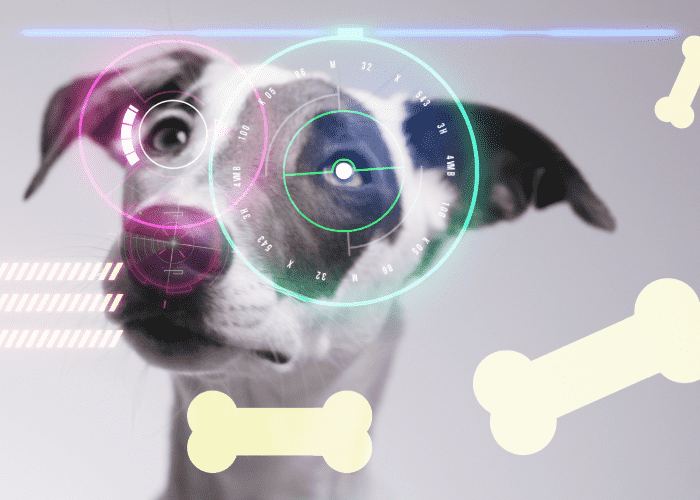

New Technology Can Help Streamline Ear Cytology for Your Veterinary Team
From Labradors to French bulldogs, ear infections are one of the most common reasons pet owners seek veterinary care—and ear cytology is an important diagnostic test for every ear infection. It determines which microbes are present, guiding treatment and prognosis. At follow-up appointments, cytology helps the clinician determine if the infection has been controlled, or if it's changed. Client agreement with this simple diagnostic test can be increased if all team members can communicate its importance to pet owners. Team members will feel more comfortable recommending it if they know how to perform it and if they can provide input on pitfalls they encounter while performing it.
Here's a closer look at ways for how you can support your veterinary team as they perform the test, standardized protocols, and efficiencies to implement in your practice.
Team Education
The technique of ear cytology is generally simple but there are several ways that sample collection can go wrong. It's important to be sure your team is informed and comfortable performing this procedure. Share these pitfalls with your veterinary team so they can be on the lookout for areas they can improve:
- A sample that's too thin or too thick can make interpretation difficult.
- Contaminated stain solutions can give false results.
- Lack of microscope training or maintenance can affect the ability to utilize the microscope effectively and read results.
- Lack of technician time to obtain, stain, interpret the sample, and enter the results in the medical record commonly prevents cytology from being performed.
It can be surprising how many veterinarians, technicians, or assistants lack confidence in their microscope skills. Openly discuss your team's comfort level surrounding sample collection, processing, and interpretation to reveal areas where more training is needed. Increasing your team's confidence with the microscope can help them overcome many pitfalls. Additionally, some of these common mistakes can be avoided with the help of analyzers. However, it's important to standardize your techniques across your practice, so that team members know what to do and can reduce common mistakes.

Standardizing Ear Cytology in Your Practice
Given the importance of ear cytology in daily veterinary practice, it might be surprising that there's no standard reference range for the results. Many practices use a 1+ to 4+ scale to grade the number of microorganisms or cells on a slide. When it comes to the definition of how many yeast, for instance, what qualifies as 1+ versus 4+ varies from practice to practice, and may even vary between individual doctors and technicians.
This is cause for confusion and might be one reason some practices don't often perform cytology—the lack of standardization may create the perception of a less important test. Having a standard protocol within your practice for staining, interpreting, and recording cytology findings is important. While these results may not be translatable between practices, an agreed-upon scale allows changes in cytology to be noted as part of disease monitoring. Share these standards with your team, so everyone can be on the same page.
New Technology Improves Efficiency
Ear cytology is one of a variety of diagnostic tests that while seemingly simple, can be time-consuming or confusing in interpretation—much like urinalysis and blood smear evaluation. Similar to the advent of the automated hematology and urinalysis analyzers that addressed the challenges of those procedures, new technology is on the horizon in the realm of cytology that simplifies this diagnostic test. A new automated cytology analyzer helps improve efficiency with ear cytology. It avoids the use of glass slides and stains in some cases and provides standardized results. The results are imported directly into the medical record and allow veterinarians and technicians to provide clients with a clear report. As a result, monitoring response to treatment becomes more straightforward because the protocol for interpretation doesn't change when using an analyzer. In addition, team members' varying levels of confidence with ear cytology interpretation won't affect their ability to perform or interpret the test, which might lead to increased recommendations for performing ear cytology.
Most routine ear infection cases can benefit from automated cytology. While swab sample collection remains the same, the slide processing and interpretation steps are eliminated. And, eliminating several of the steps in sample processing and interpretation can improve a team's daily workflow efficiency for routine ear infection cases, freeing up time to focus on their clients and patients.







